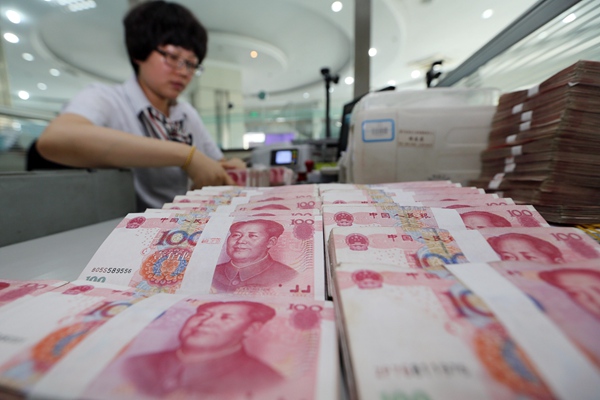
China’s bank lending increased in September from a month ago, the central bank said on Oct 15, after authorities stepped up efforts to boost slowing growth in the world’s second-largest economy.[Photo by China Daily]
Economists say lower inflation leaves more room for policy easing
Chinese consumer inflation will remain moderate in the fourth quarter because of seasonal factors, according to the country’s top economic planner on Oct 15, dispelling worries about deflation but acknowledging that some price increases are coming.
Li Pumin, spokesman for the National Development and Reform Commission, said at a news briefing that consumer prices are unlikely to rise sharply, but they will rise nonetheless.
“As the weather is getting colder and there are more holidays in the coming months, food prices are expected to go up. The seasonal factor will also boost service prices,” Li said.
The forecast comes one day after the National Bureau of Statistics’ report about the September Consumer Price Index, which came in at 1.6 percent, down from 2 percent in August. The reading was lower than the market prediction of around 1.8 percent.
The weaker-than-expected consumer inflation, combined with a 43-month consecutive contraction of the Producer Price Index, which fell by 5.9 percent last month from a year earlier, caused some analysts to speculate that the economy may be trapped in a deflationary situation.
“The year-on-year drop of the recent CPI was because last year’s influence on prices is weaker. In terms of monthly growth, the 0.4 percent rise in the price of pork, which was much less than the 7.7 percent in August, dragged down about 0.24 percentage points of the CPI,” according to Li.
Sheng Laiyun, a senior economist at the NBS believes the world’s second-largest economy is still far away from deflation.
“There is sufficient space to take more measures to stabilize growth, such as further easing of monetary policy,” Sheng said.
